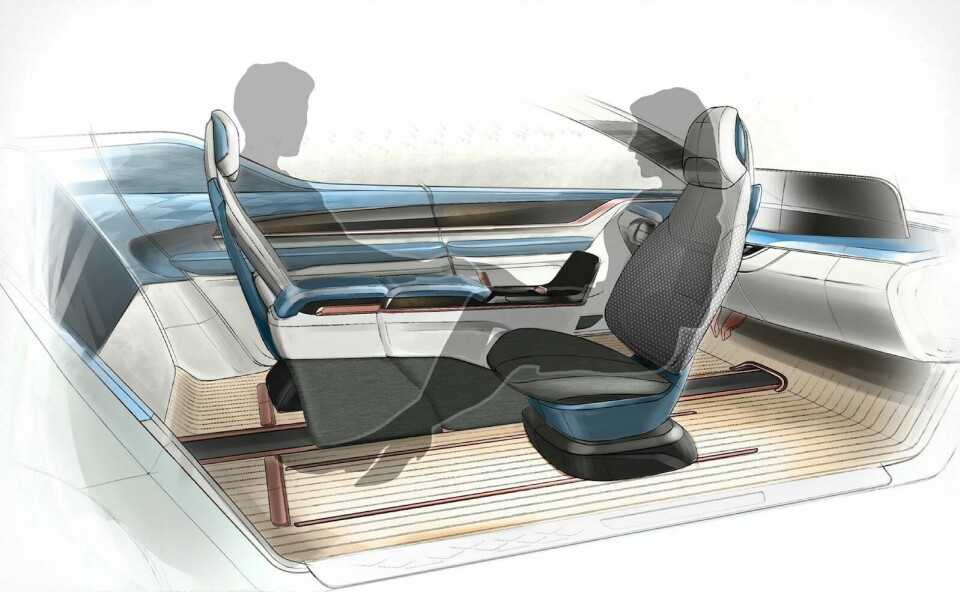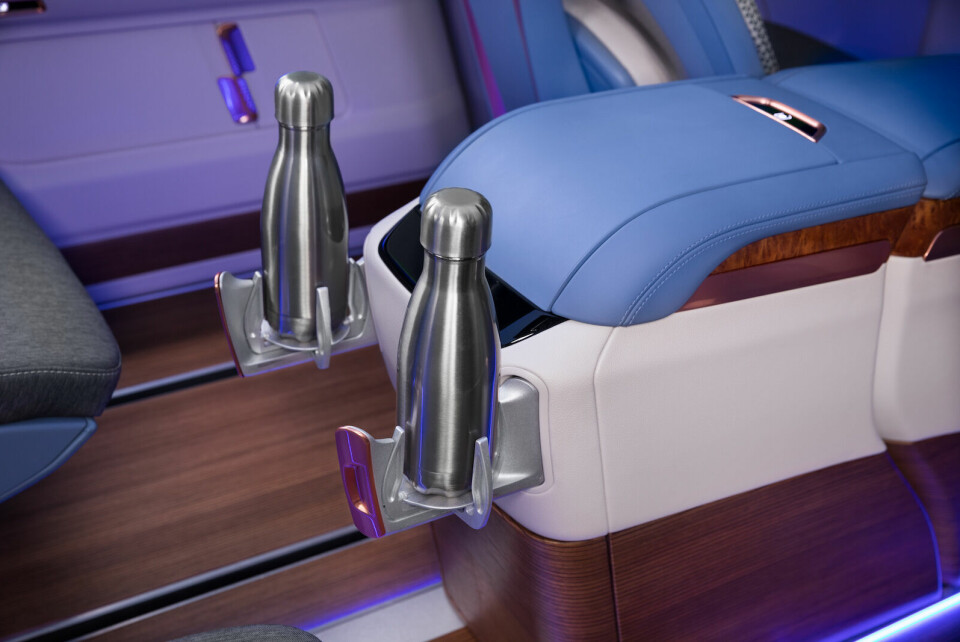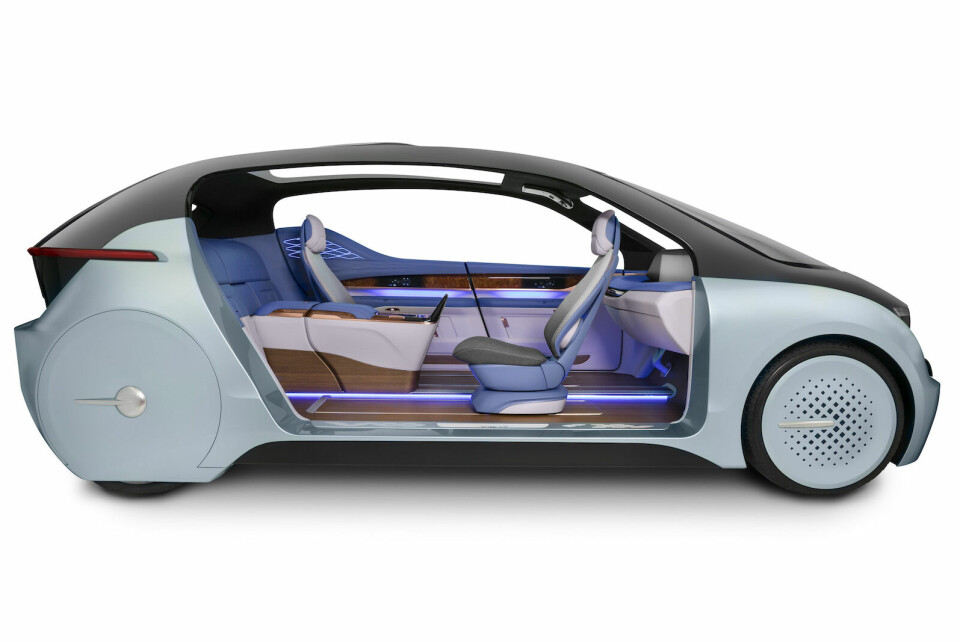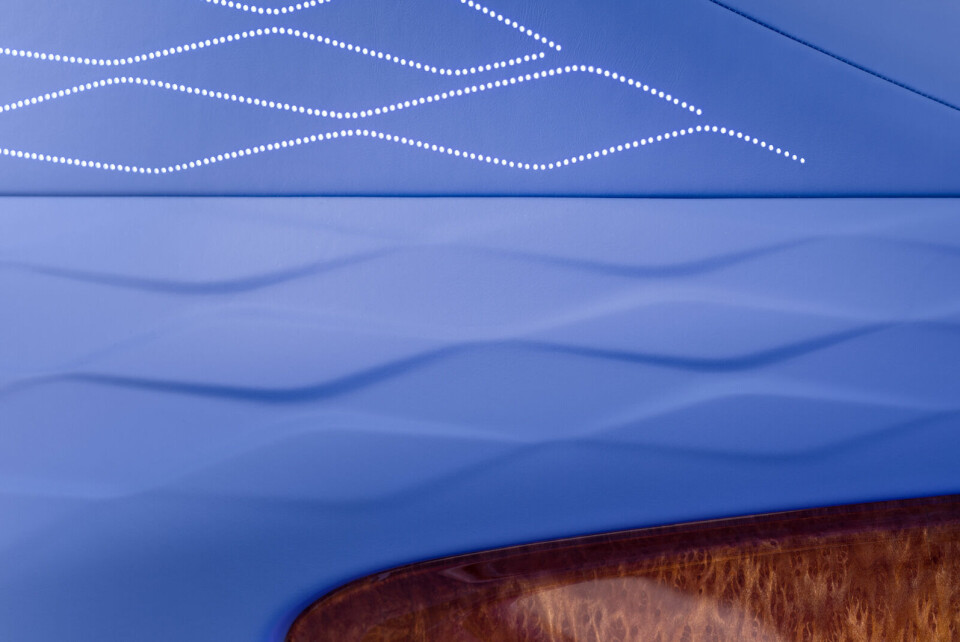
Car Design Review 4 highlights: David Muyres, Yanfeng
From the Car Design Review 4 yearbook: David Muyres on the changing approach to automotive interiors
We’re not so worried about consumers knowing our brand. We want the industry to know our brand – and that’s going very well. Yanfeng Global Automotive Interiors primarily focuses on instrument panels, door panels, floor consoles, overhead consoles, all the trim work, pillars and so forth, plus lighting and decorative materials. We’ve been making concepts for at least 20 years. The first one I remember was for the 1997 Frankfurt motor show.
First we create a directional 2D design and then share it with our top ten customers. Based on that feedback, we narrow it down and prioritise what goes into our fully-functional 3D show car. The XiM 17 concept – which stands for Experience in Motion – is kind of our core current tagline for the company. We have lots of experience in vehicles that move, and that helps us craft these new experiences which will be very important in the future.
The Yanfeng group actually has five different divisions. Yanfeng Global Automotive Interiors is the largest but we have a partnership on seating, called YFJC, and also divisions for safety systems, exterior body panels and electronics. To get good customer feedback, you need a full car concept. That’s how consumers look at it, so we build a complete car experience even though we might only sell parts of it to different customers.

What’s super-exciting for Yanfeng is that so much of future automotive change is going to happen on the inside of the car. The new experiences that people will expect when sharing, borrowing and using a car don’t happen in the boot. You don’t need a 1000-horsepower autonomous car either; you’d be freaked out. But through autonomous driving, you will be given half-an-hour to an hour of new time every day because you’re not driving. Our XiM17 interior supports a non-driving environment versus a driving environment.
That’s why our leadership is really interested in what the design and innovation guys are doing, because it’s now truly an important feature of the company. They’ve gone from being like, ‘Yeah, that’s cool new stuff’ to ‘Oh, that’s our revenue stream of the future’. There’s a very high level of interest.

I firmly believe the number one influence on how people spend their money will become based on how well they love their car interior experience, versus the exterior and all the other old ways. For this transition to happen, you need to get people out of their old ways and into new ways. The old way is owning a car like the way we grew up, idolising cars, but to get people into these new mobility methods, you need to design really cool experiences. It’s not just technology that will shift things, you really need designers to be involved in the new service and sharing models. They need to design those experiences, to make those things cool and help the transition, to accelerate the change.
One of the magic advantages we, as suppliers have, is that we don’t only design a really good-looking product that matches one created by Ford, BMW or GM, we also know how to actually make it. It’s one thing to do a styling model, it’s another to do a model that you can also manufacture, with the cost targets delivered. We are innovation-minded designers with the technical capabilities to engineer the car while keeping it looking like the cool thing it started out as.

Within our advanced car development team we have pure styling-minded designers, research, consumer insight, future experience and fast technical package people, plus people who relate to traditional manufacturing and engineering. In the old days when I went through Art Center, the styling-led exterior designer was the number one thing every graduate wanted to be. Now I think the thing to do, the job that will get the most attention, is that of the interior designer.
We get to work with everybody too, whether it’s new tech start-ups in California, or the traditional car makers and anybody in between, instead of one brand for 30 years, and personally, I find that very enjoyable.

One of the hardest parts of the car to make used to be the combustion engine. Now you can buy batteries, controllers and electric motors from many suppliers at very high levels, easily. But you can’t buy an interior easily. You have to custom-match your experience and brand themes, and a lot of these new start-ups are realising just how hard the car interior is. So we’ve had a lot of interest and requests to support the new start-ups. They are trying to innovate on the complete ownership model, user scenarios and stuff, they want to own it and design all of that.
But then when they need to create a piece of hardware that works with that model, that’s when they really need help. That’s our core business.
Car Design Review 4 contains the best concept and production cars of the year, as chosen by the world’s leading designers, trends, student work, and much more – and it’s available now.




